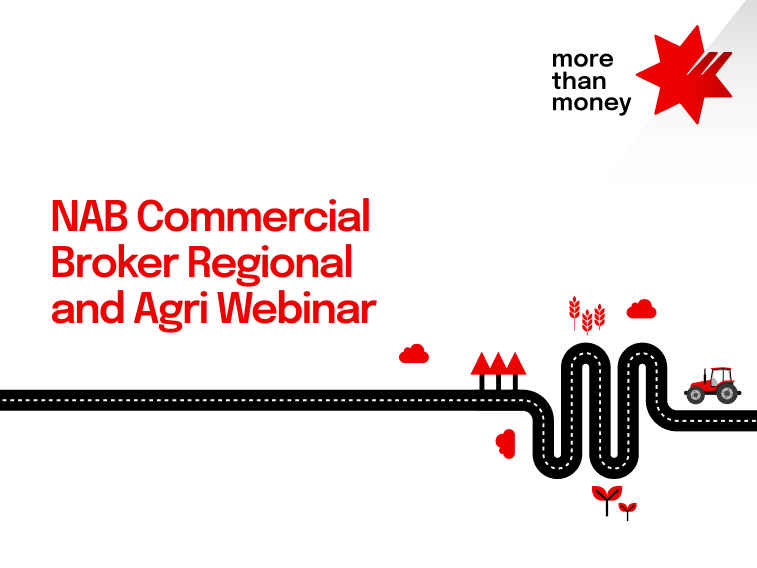An exclusive webinar to help you deliver the best outcomes for your R&A business. Watch now.


Webinar
Agronomist Peter Birch details five agricultural technologies on the radar for Australia farmers.
The pioneering spirit is still going strong around Moree. Although nowadays it takes the form of agronomists like Peter Birch of B&W Rural applying the latest scientific breakthroughs to broadacre farming.
Peter Birch has always had an interest in improving farming through science. “Nowadays, technology transfers to agriculture very quickly and relatively cheaply. One of our aims is to understand all the technologies coming along so we can identify everything that might be useful to farmers in our area,” Birch says.
While 75 per cent owned by Elders, agricultural advisory and retail business B&W Rural is run like a family business: very customer focused.
“We know what all our customers are doing – when their last spray was and what’s been going on so we can advise them properly. Science and technology is just an extension of that. Most of our 12 specialist agronomists are farmers. They understand the cost of what they recommend and what it has to return.”
So what are Peter Birch’s top 5 agri technologies to watch? He doesn’t have to think long.
“[Australian soil testing pioneer] Agalytics is working on a sensor you clip onto your iPhone and point at a crop to get its actual nitrogen, phosphate or potassium status,” says Birch. “This will be much more efficient than traditional tissue testing. It will add to our knowledge of plant health based on moisture probes, thermal sensors et cetera.”
Brimming with local pride, Birch names Satamap as the company’s most useful satellite app. Invented by a young Moree farmer, it lets farmers compare image-on-image or year-on-year satellite photos.
“It’s great for judging crop yield estimates,” Birch says. “Instead of standing knee-deep in a 500-hectare paddock, the satellite image tells us where the best, the average and the worst part of the paddock are and allows us to make better decisions on what to do with them.”
B&W Rural also uses Satamap for variable rate mapping and targeted chemical applications. The Sentinel satellite’s 10 metre grid lets cotton farmers pick out weeds, spot water logged areas and fine-tune their defoliation. Birch notes that spotting some diseases is not far away.
The Digital Agricultural Services Group (DAS) project is a joint effort by the National Farmers Federation, Accenture and the cotton industry. It uses drones to count plant establishment and give a read out of plants per metre. It is another step up in accuracy from some of the current uses that B&W Rural has for its drones. Birch ticks off some of the uses: “It’s invaluable for resowing, hail damage assessment, spraying, controlling pests and fence checking.”
He is excited by another local pioneer’s addition of a thermal camera to his drone. “We use it extensively in irrigation to see where there are blocked drip lines. Thermal cameras can also show how well a plant is coping in its environment.”
B&W Rural’s reputation for testing agricultural technology has led to them partnering in a variety of studies, including Sydney University crown rot trials. “We use a drone to check on what’s happening across the 1,000 small scale plots,” notes Birch. “Drones are also being used for checking pump installations in floods. They make inspecting hard to reach places like the tops of silos and elevators quick, easy and cheap for farmers.”
“There’s a cotton grower at St George who’s got a 100 kilowatt solar array, and he can pretty much run all his pumps,” says an admiring Birch.
That same farmer is also investigating floating solar cells on irrigation storages. It reduces water evaporation and generates solar energy at the same time. Birch points out that evaporation off irrigation storage is absolutely crippling around the world, and especially in Australia. “Moree has an annual evaporation rate of 1.7 metres, Bourke is around two. So if you’ve got a six-metre deep storage, you’re currently losing about a third of your water over a year to evaporation,” he says.
While most GM technologies have been about plant protection, the area is becoming exponentially better and there is a whole new raft of possibilities on the horizon, notes Birch. “Functional foods, like Vitamin B bananas, where they pick a nutrition deficiency and develop plants to address it, are great advances,” he says. “Wherever you turn, there’s the potential to make functional things out of plants, including plastics in the not too distant future.”
Birch argues that farmers, and country businesses in general, are hamstrung by poor quality broadband speeds. Most new technologies are made to be broadcast directly from land-based or drone-based sensors into the Cloud.
“In Australia, it might take six hours to upload the data manually before it can be crunched for us. In the US, everything happens almost instantly,” explains Birch.
Never one to be easily beaten, B&W Rural has just piggybacked with Moree Council to install optic fibre into their office so customers can download their data sticks and access information faster. Even with today’s labour-saving technology, it’s proof that a pioneer farmer’s work is never done.
More from NAB:
© National Australia Bank Limited. ABN 12 004 044 937 AFSL and Australian Credit Licence 230686.